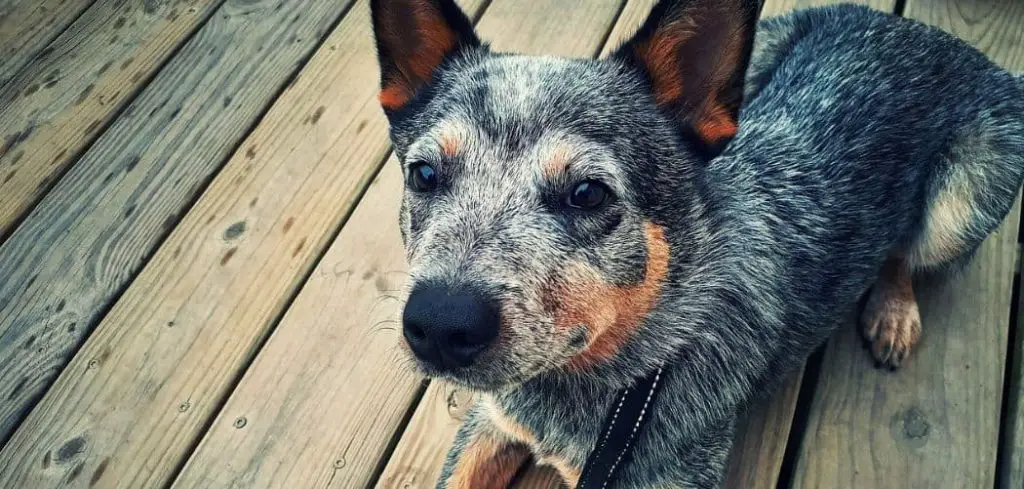Noticing your dog pooping liquid diarrhea can be alarming, as it often indicates digestive upset or an underlying health concern.
Liquid stools can lead to dehydration quickly, especially in puppies, senior dogs, or dogs with pre-existing conditions.
We outline the common reasons why a dog may have liquid diarrhea, what you can do at home, and when to seek veterinary help.
Table of Contents
Dog Pooping Liquid Diarrhea — Why It Happens
Liquid diarrhea in dogs occurs when the digestive system cannot properly absorb fluids and nutrients. This can be caused by sudden dietary changes, gastrointestinal infections, parasites, food intolerances, or chronic conditions affecting the liver, pancreas, or intestines.
Rapid transit of food through the digestive tract prevents proper digestion, resulting in watery stools.
Observing your dog’s overall behavior, appetite, and energy level can help determine if the issue requires home care or immediate veterinary attention.

Dog Pooping Liquid Diarrhea: Common Causes
1. Dietary Indiscretion
Dogs are notorious for eating things they shouldn’t, from garbage to table scraps.
A sudden change in diet or consumption of rich, fatty foods can upset the stomach, causing rapid intestinal transit and liquid diarrhea.
Signs may include bloating, gas, vomiting, and soft stools. Mild cases often resolve with a temporary bland diet, such as boiled chicken and rice, and restricted access to inappropriate foods.
Read more: Dog Pooping Yellow Diarrhea (What your dog’s stool color indicates)
2. Gastrointestinal Parasites
Parasites such as giardia, roundworms, hookworms, or coccidia can irritate the intestines.
Infected dogs often experience loose or watery stools, sometimes with mucus or a strong odor. Weight loss, poor coat condition, and visible worms in the stool may also occur.
Routine fecal testing and veterinary-prescribed deworming are essential to eliminate parasites and restore digestive health.
3. Bacterial and Viral Infections
Pathogens like Salmonella, E. coli, or canine parvovirus interfere with normal intestinal function.
These infections accelerate the movement of food through the intestines, resulting in watery diarrhea. Dogs may also show vomiting, lethargy, fever, and reduced appetite.
Puppies and older dogs are particularly vulnerable, and prompt veterinary intervention is critical to prevent dehydration and severe illness.
4. Food Intolerances or Allergies
Some dogs cannot tolerate specific ingredients or proteins in their diet.
Food intolerances can trigger inflammation in the intestines, leading to rapid transit of food and liquid diarrhea.
Symptoms may include itchy skin, excessive gas, vomiting, and frequent loose stools. Identifying the offending ingredient and switching to a hypoallergenic or limited-ingredient diet can often resolve the issue.
5. Pancreatic or Liver Disorders
Diseases affecting the pancreas or liver can disrupt digestion and bile production.
Exocrine pancreatic insufficiency prevents proper breakdown of nutrients, resulting in large, watery, or fatty stools.
Liver problems may reduce bile production, causing similar symptoms. Signs to watch for include jaundice, vomiting, lethargy, and weight loss.
These conditions require veterinary diagnosis and management with medications, enzyme supplements, or dietary adjustments.
6. Stress and Environmental Changes
Stressful events such as travel, new pets, or sudden changes in routine can impact gut health.
Stress-induced liquid diarrhea often appears suddenly and resolves once the dog’s environment stabilizes.
Other signs may include restlessness, pacing, or decreased appetite. Providing comfort, maintaining a consistent routine, and limiting exposure to stressful situations can help prevent recurring episodes.
Read more: Dog Pooping Green Diarrhea (When to be concerned and what to do)
What to Do If Your Dog Is Pooping Liquid Diarrhea
Observe your dog closely, noting the frequency, volume, and color of the stools.
Offer a bland diet for a few days to allow the digestive system to recover. Ensure your dog has constant access to fresh water to prevent dehydration.
Avoid treats, table scraps, and rich foods until stools normalize. Monitor your dog’s behavior, appetite, and energy levels for any additional signs that may indicate worsening illness or underlying conditions.
When to Call or Visit Your Vet
Seek veterinary attention if liquid diarrhea persists beyond 24–48 hours.
Immediate care is warranted if your dog shows signs of dehydration, including dry gums, sunken eyes, or lethargy. Other warning signs include vomiting, fever, blood in the stool, abdominal pain, or jaundice.
Puppies, senior dogs, or dogs with chronic illnesses should be evaluated promptly, as they are at higher risk of serious complications.
Your veterinarian may perform stool tests, bloodwork, or imaging to identify the cause and recommend treatments such as medications, dietary changes, or supportive care.
Early intervention can prevent dehydration, nutrient deficiencies, and more serious complications.
Read more: Dog Pooping Blood Diarrhea and Vomiting (Causes and treatments)
Key Takeaway
Liquid diarrhea in dogs often signals digestive upset, infection, or an underlying medical condition.
While some mild cases may improve with dietary management and hydration, persistent or severe liquid diarrhea requires veterinary evaluation.
Monitoring your dog’s stools, behavior, and overall health, and seeking timely professional care ensures your dog recovers quickly and avoids serious complications.
Early observation and intervention are essential for maintaining digestive health and overall well-being.
